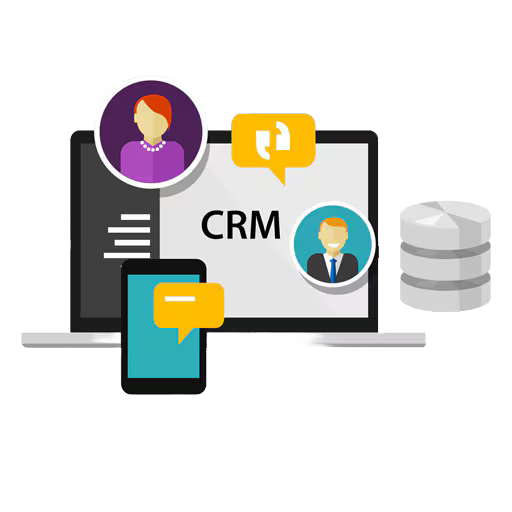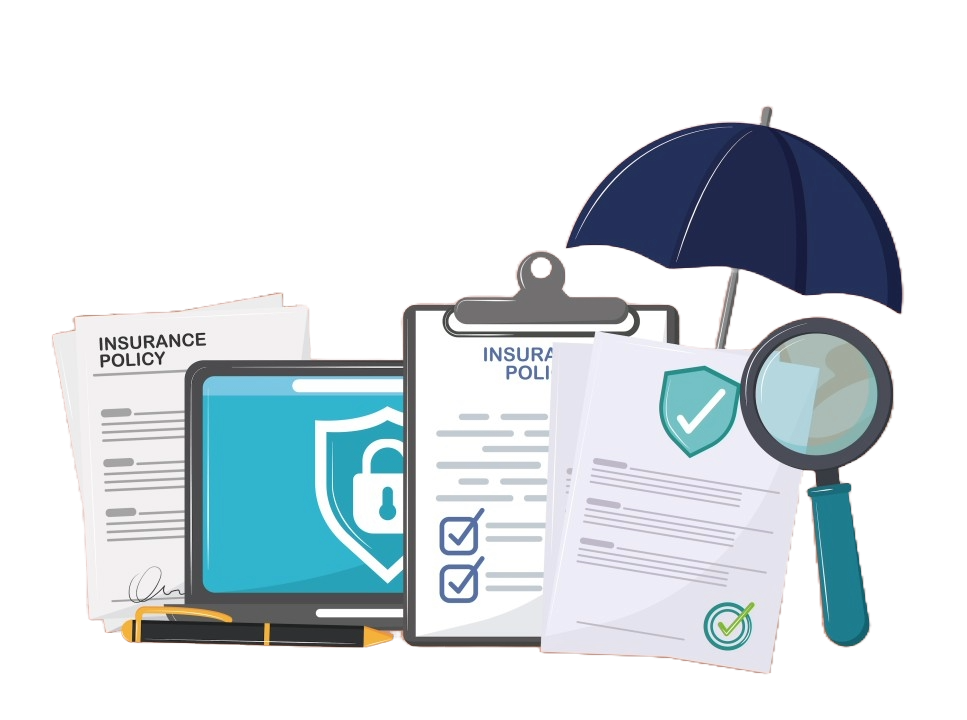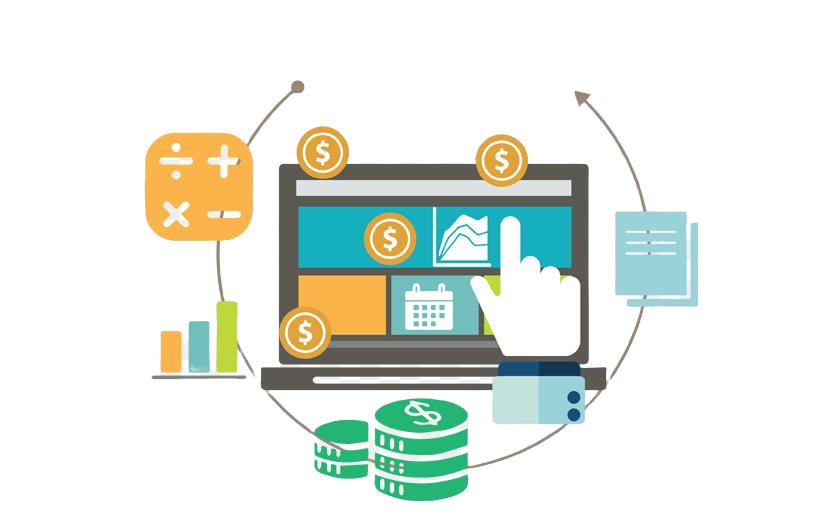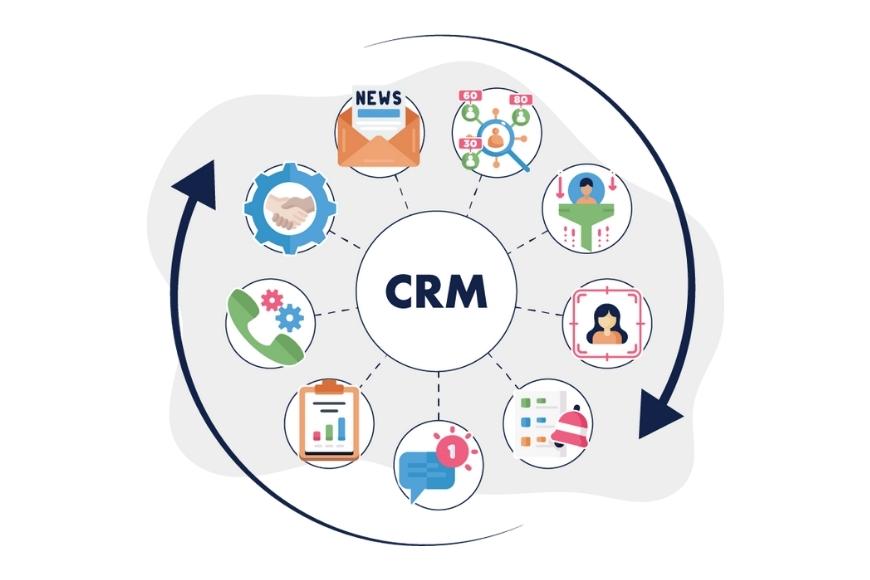
CRM for Insurance Companies
It’s hard to stay ahead in today’s insurance market. The growth of online providers has made service faster and policies cheaper. Meanwhile, insurance payouts have never been higher.
To stay afloat in a crowded, risky market, you need a CRM for insurance. An insurance CRM can help you deliver fast, affordable, and personalized service.

The relationship between an insurance agent and a customer involves consistency and trust.
Stay connected with your customers, constantly keep them updated, and track all your interactions with a CRM tool.
Improve cold calling efficiency for Insurance Agents with features such as automated dialing, follow-up management, instant messaging, etc.

Dashboard offers a centralized interface for real-time data monitoring, all type policy data , and customer insights, enhancing decision-making efficiency and improving operational transparency across the organization.
A renewal dashboard for all types of insurance data management such as policy details, renewal dates, premium amounts, payment status, and customer contact information. Additional features include automated renewal reminders, document management, and analytics for renewal rates and revenue forecasting. This comprehensive dashboard enhances efficiency, improves customer retention, and streamlines the renewal process, ensuring timely policy renewals and better operational oversight
Provides a centralized interface for managing potential customers. Key fields include lead ID, name, contact details, lead source, policy interest, and lead status. Features such as lead scoring, automated follow-up reminders, and analytics for conversion rates streamline lead tracking and, enhancing agent efficiency and improving conversion rates by ensuring timely and effective follow-ups.
Role-Assigns specific permissions and responsibilities to users, dictating their actions and data access within the system.
Executive-An executive in include fields for username, email, and password. Assign permissions for strategic decision-making, system-wide oversight, and access to administrative features such as user management and configuration settings.

The creation and registration of new insurance policies. It includes functionalities for entering policyholder details, policy type selection, specifying coverage, premium calculation, and setting effective dates. This module streamlines the policy creation process, ensuring accurate documentation and integration with other system components for comprehensive policy management within the insurance software.
Category-Organizes items into groups for easier navigation, search, and management within software applications.
Sub Category-Subcategories refine broader categories, aiding in efficient navigation and information organization within Software .
Vehicle Type – Users to input and categorize different vehicle classifications, such as cars, trucks, and motorcycles, enhancing the organization and management of vehicle-related data.
Insurance company-allows users to enter and manage details of various insurance providers, ensuring organized and accessible company information.
Agency-Users to enter and manage agency details, including agency name, ID, contact person, number, email, address, etc…
Agent -Input and manage agent details, including agent name, ID, contact information, email, address, license number, specialty areas, and notes.
Policy Issue-Policy creation with fields for holder info, policy number, coverage, premium, dates, and terms.
Police Sales-Facilitates the process of selling insurance policies, tracking policyholder information, coverage details, premiums, and sales transactions efficiently.

Tracks financial transactions, manages accounts, and monitors expenses within the system. It includes features for budgeting, invoicing, expense categorization, and comprehensive reporting, ensuring accurate financial management and optimized budget allocation.

All system-generated notifications, providing a detailed record of past communications. It includes information such as notification type, recipient, timestamp, and status, enabling users to review and track the history of notifications sent from the system. This facilitates transparency, accountability, and effective communication management within the software platform.
